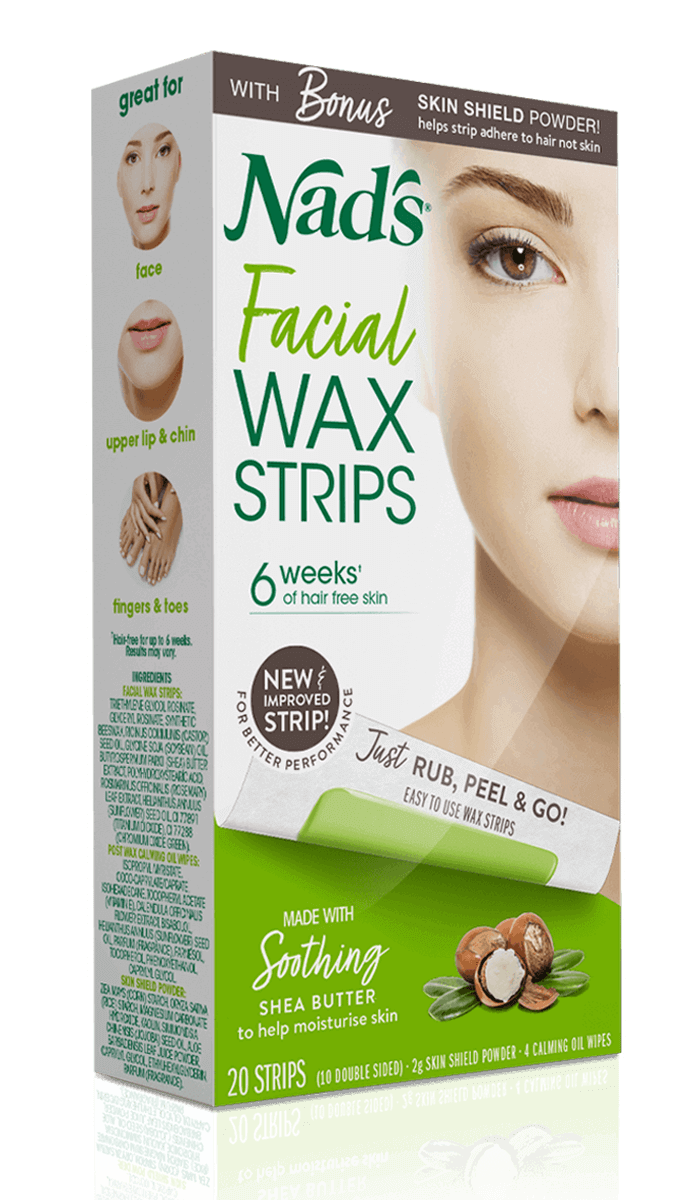Brazilian and Bikini Waxing: Specialist Solutions for Summer-Ready Skin
Wiki Article
Unveiling the Leading Waxing Techniques for Resilient Hair Elimination Results

Pre-Waxing Prep Work
Before any type of shaving treatment, it is crucial to completely clean the skin to remove any kind of dust, oils, or lotions that can interfere with the wax's attachment. Exfoliating the skin gently a day or 2 before the appointment aids to eliminate dead skin cells, allowing the wax to grip the hair a lot more properly.Furthermore, it is essential to make sure that the hair is the suitable size for waxing. If the hair is too short, the wax might not be able to hold it effectively, leading to insufficient hair removal.

Selecting the Right Wax Type
Choosing the proper kind of wax is crucial for achieving reliable and durable hair removal results. There are various kinds of waxes offered on the market, each catering to different skin kinds and hair structures. Recognizing the distinctions in between them can aid you select the appropriate wax for your needs.One typical type of wax is soft wax, which is often used with cloth strips for larger locations of the body. This kind of wax is excellent for delicate areas like the swimwear line and face, as it grips the hair more than the skin, lowering discomfort (Laser Hair Removal).
Furthermore, there are also sugar waxes and wax strips offered for at-home usage. Sugar waxes are recognized for being gentler on the skin, while wax strips use convenience and simplicity of usage. Consider your skin sensitivity, hair thickness, and the targeted body location when choosing the ideal wax type for your waxing requirements.
Proper Hair Size for Waxing
For effective waxing results, ensuring the proper hair size is necessary to achieve optimum hair removal. The suitable hair size for shaving is typically about 1/4 to 1/2 of an inch long. Hair that is too short might not stick well to the wax, making it challenging to eliminate, while hair that is as well long can create enhanced pain during the waxing procedure and may lead to irregular removal.When hair is too brief, the wax might not have the ability to grip the hair efficiently, resulting in insufficient hair elimination and the demand for even more constant shaving sessions. On the other hand, hair that is as well long can enhance the risk of damage as opposed to clean elimination from the root. This damage can lead to in-grown hairs and a shorter timespan prior to the hair grows back.
To guarantee the finest waxing experience and results, it is recommended to let your hair grow out to the optimum length prior to arranging your waxing consultation - Laser Hair Removal. This length enables the wax to stick correctly to the hair, leading to smoother and longer-lasting hair elimination
Application Method for Ideal Results

Post-Wax Take Care Of Smooth Skin
Effective post-wax treatment is important for preserving healthy and balanced and smooth skin after hair removal treatments. After waxing, it is vital to adhere to a proper skin care routine to relieve the skin, avoid irritability, and prolong the outcomes of the therapy. Among the most vital actions in post-wax treatment is to prevent hot showers, saunas, or steam bath for at the very least 24 hr after waxing to avoid additional inflammation or opening of the hair roots. Furthermore, it is suggested to use loose-fitting apparel to allow the skin to reduce and take a breath friction on the waxed area.Moistening the skin is one more essential element of post-wax treatment. Utilizing a mild, alcohol-free cream helps to maintain the skin moisturized and nurtured. Aloe vera gel can also be valuable in comforting the skin and reducing soreness or swelling post-waxing. Scrubing the skin carefully a couple of days after waxing can aid avoid in-grown hairs and maintain the skin smooth. Finally, check out this site it is advisable to prevent sun exposure instantly after waxing to stop skin damage and hyperpigmentation. By following these post-wax treatment ideas, you can keep smooth, healthy and balanced skin and lengthen the results of your waxing therapy.
Conclusion
To conclude, adhering to appropriate pre-waxing preparation, choosing the suitable wax kind, ensuring the right hair size, applying the wax strategy correctly, and following post-wax treatment directions are important action in achieving long-lasting hair elimination results. By following these techniques vigilantly, individuals can experience smoother and hair-free skin for an extended time period.If the hair is also brief, the wax might not be able to grasp it appropriately, leading to incomplete hair removal.For efficient waxing results, making sure the appropriate hair size is necessary to accomplish optimum hair removal. Hair that is too short may not stick well to the wax, making it challenging to get rid of, while hair that is also long can cause increased discomfort during the shaving procedure and might result in unequal elimination.
When hair is also short, the wax may This Site not be able to hold the hair efficiently, leading to incomplete hair removal and the requirement for even more regular waxing sessions. Using the wax in the very same instructions as hair growth enables for better bond to the hair roots, resulting in more efficient removal.
Report this wiki page